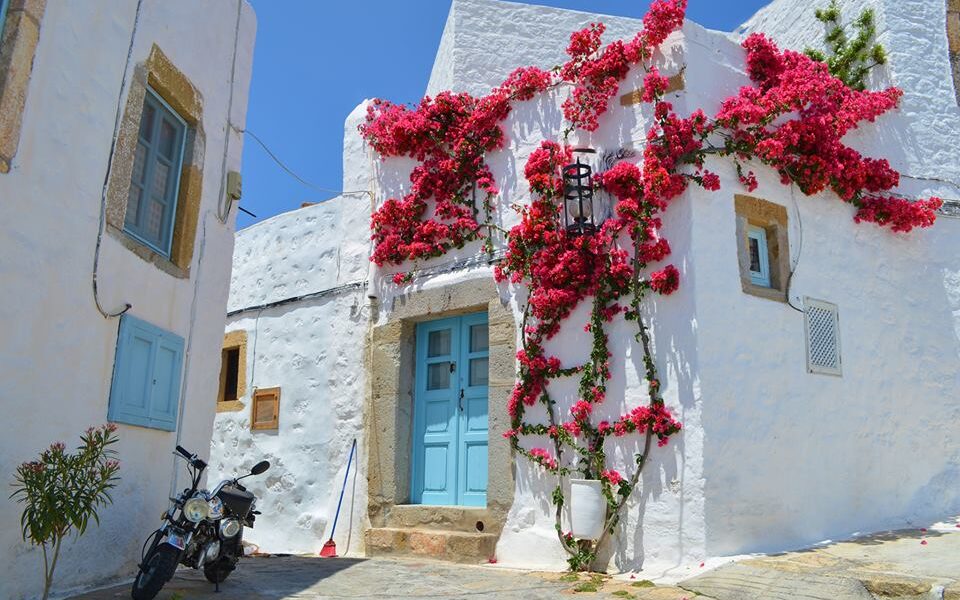History, tradition and nature on a beautiful island.
Small, mysterious, and revealing—these three words best describe Patmos, especially in spring. Although well-known to the average traveller, the small island of the Dodecanese always comes as an alternative to the cosmopolitan Cyclades or the bustling Rhodes.
Arriving by boat in Patmos, you already feel the greatness of this place flooding you from afar, while an aura of inexplicable slowly invites you to explore this isolated island.
So what if most people have associated the island with peace of mind, spiritualism, and... the Apocalypse?
Patmos has managed to keep its character unchanged and become a sought-after choice for every season of the year - even for the wild winter - without ceasing to claim an important place on the cosmopolitan travel list of any lover of the Aegean.
Lacy coastlines, hidden coves, volcanic terrain, pilgrimages, tradition and history come together in one place.
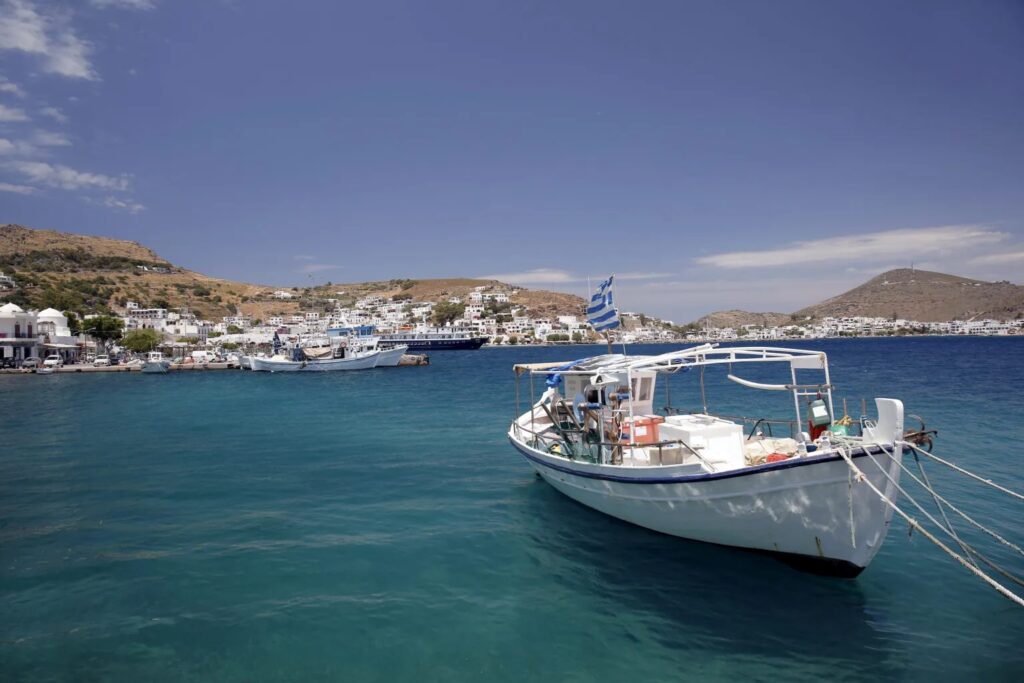
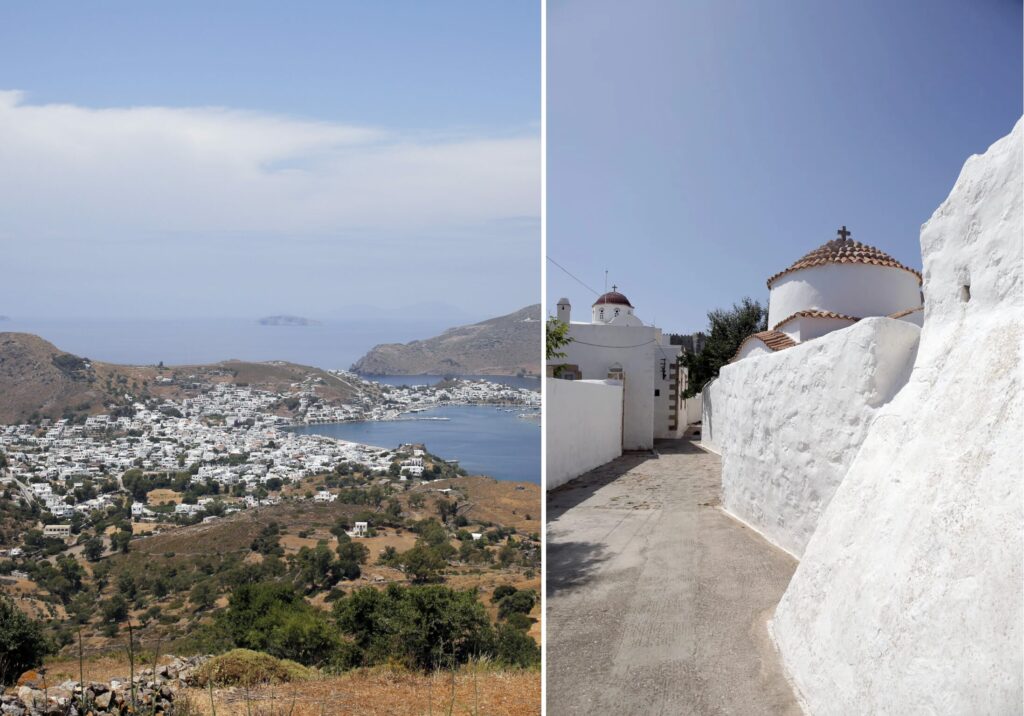
The capital and only port of the island is Skala. Built by the Italian colonialists, Skala was nothing more than a few port warehouses until the 17th century. Two centuries later, they were demolished and gave way to a developed port that quickly became the administrative centre of Italian colonialism.
Architecturally diverse and full of contrasts, Skala is the heart of Patmos that unites the island with the rest of the world.
You get on and off the boats from here to Piraeus, Lepsi and Leros.
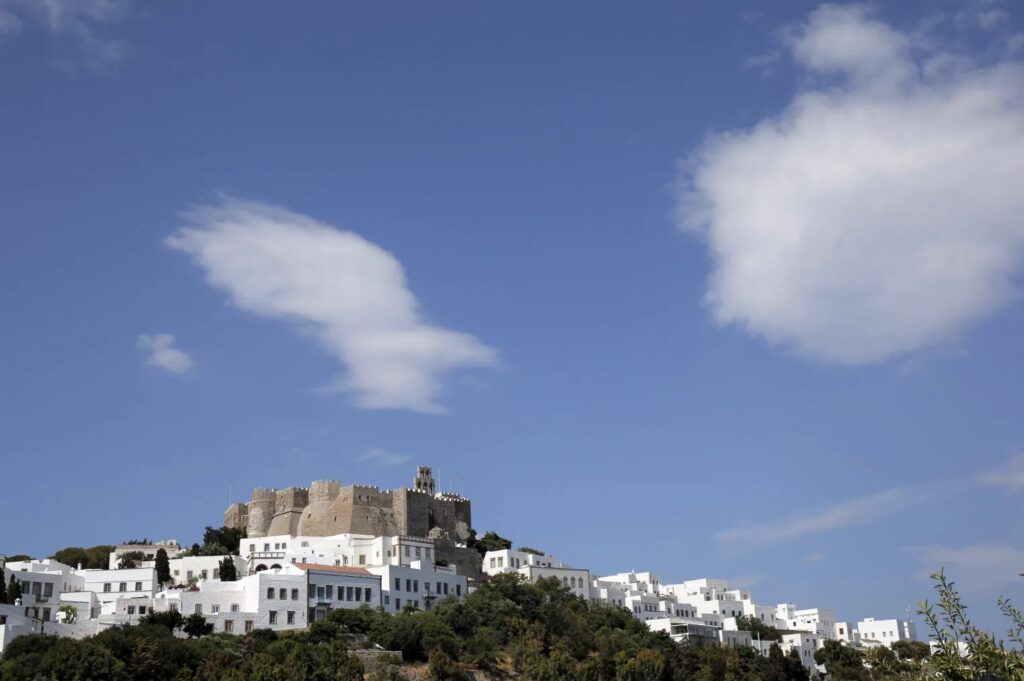
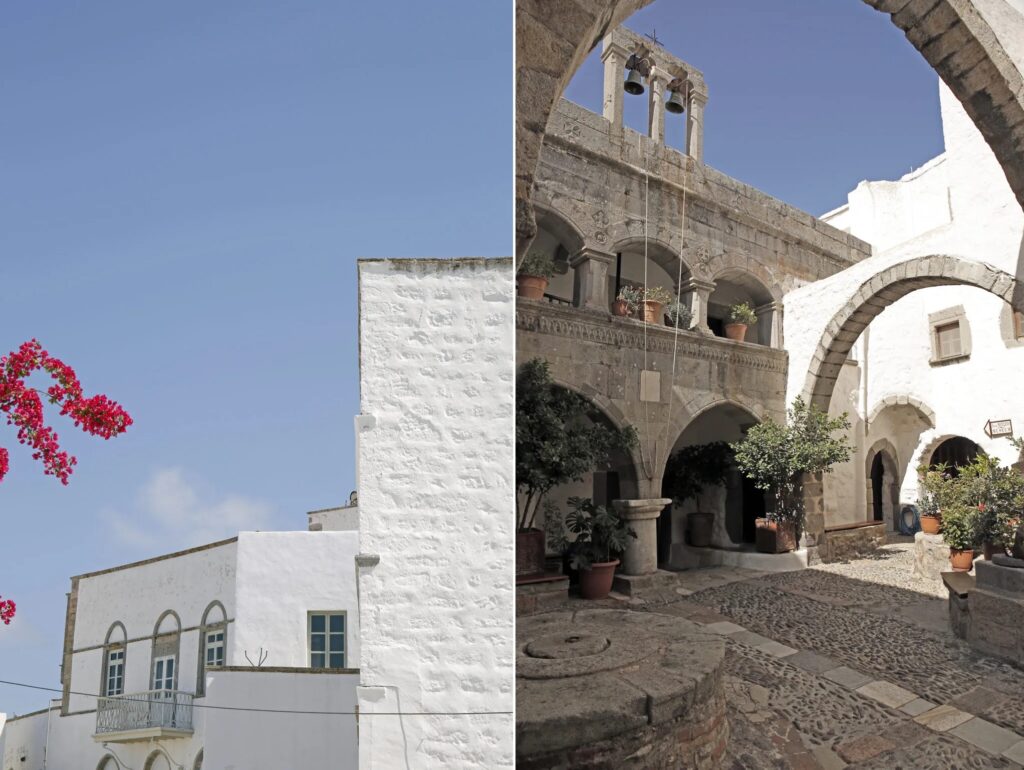
The jewel of the island, however, is Chora. Built-in the shadow of the walls of the Byzantine Monastery of Agios Ioannis Theologos, Chora has been a UNESCO World Heritage Site since 1999 due to its picturesque architecture and vast history dating back to ancient times.
The Monastery of Agios Ioannis Theologos, dating back to 1088 AD, is the most important attraction of the Dodecanese island. The monastery museum is considered one of the largest, if not the largest, museums in the Aegean. Here, you will find the chrysobull of Alexios Komnenos.
Of course, the excellent library of the Monastery is not mentioned, which has been keeping about 1,200 manuscript codices for centuries, more than 13,000 documents, and over 4,500 ancient manuscripts.
Equally impressive is the cave of the Apocalypse, which is why Patmos is called the "Jerusalem of the Aegean". Having turned into one of the most important pilgrimages of Christianity internationally, the Cave of the Apocalypse, where, according to tradition, the John the Evangelist wrote the Apocalypse at the dictation of God, is together with the Monastery of Agios Ioannis Theologos became a UNESCO World Heritage Site in 1999.
Immersive, spiritual and mysterious, the Cave of the Apocalypse is more than worth a visit.
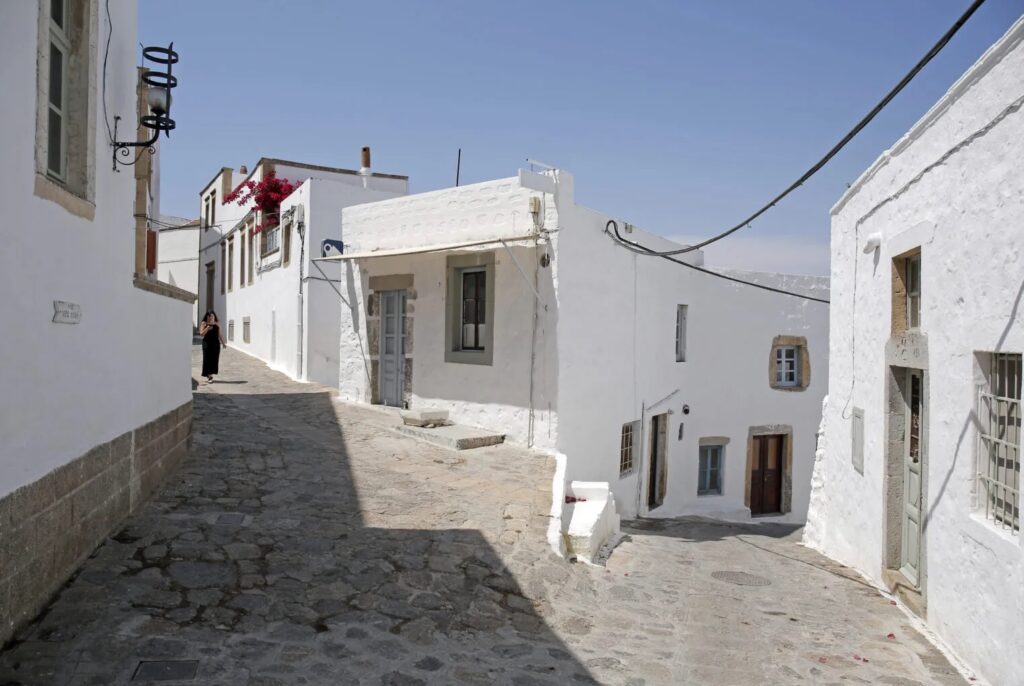
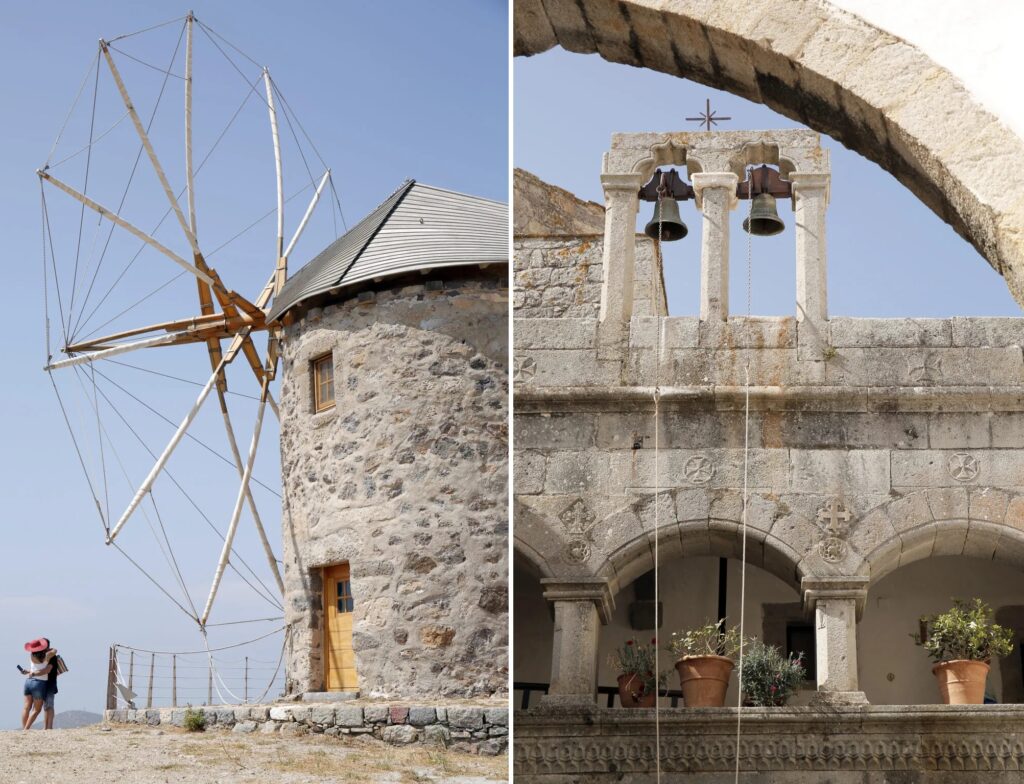
As fascinating as Patmos's connection with the Apocalypse is, the spring sunset from the island's mills is just as enchanting.
Three recently restored mills tell the untold story of Patmos's everyday life, as it was the three mills that patiently ground wheat to feed the island's population. Of course, the three mills may no longer grind today, but they keep alive an old part of the island's history.
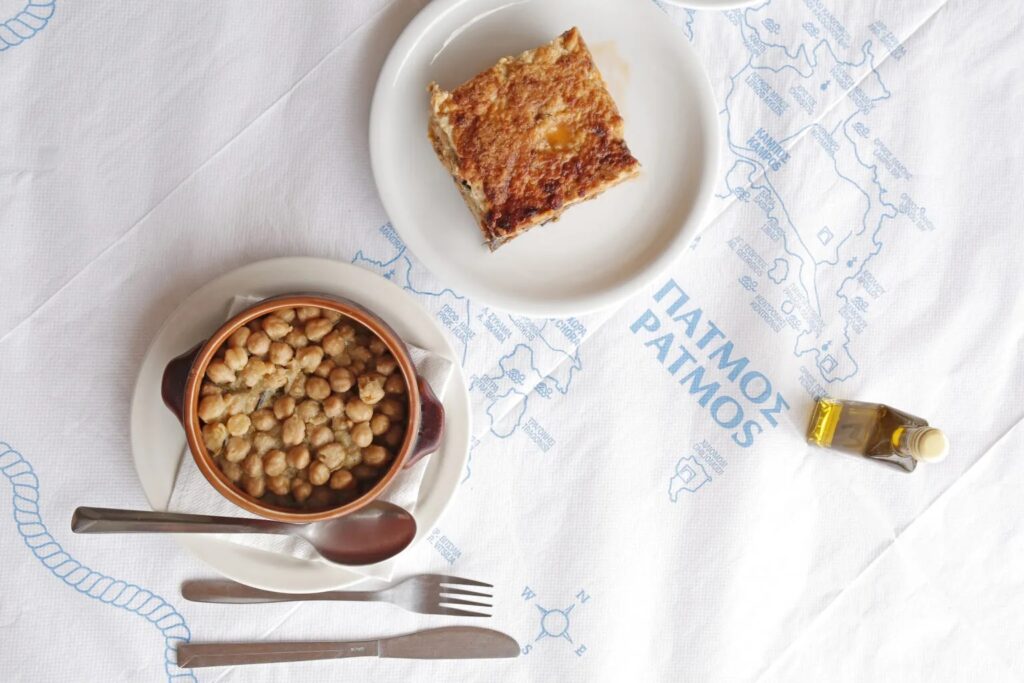
However, as spring progresses and the grey winter haze gives way to the sunshine, even more so, the blooming flowers in the small alleys of the island fill the whitewashed walls that lead fatally to the Aegean blue.
And what better complements the island's seasonal charm than a delicious plate of its famous cheeses, served with fresh sourdough bread from the island's traditional bakeries?
Myzithra, kalathoto, xynomyzithra and toulomotiri, together with honey, nuts and freshly leavened bread, complete the experience of Patmos that you will hardly experience anywhere else.
Yianni Koutroudi is a columnist for Travel. Translated by Paul Antonopoulos.
READ MORE: A perfect walk in Lycabettus and Kolonaki.

